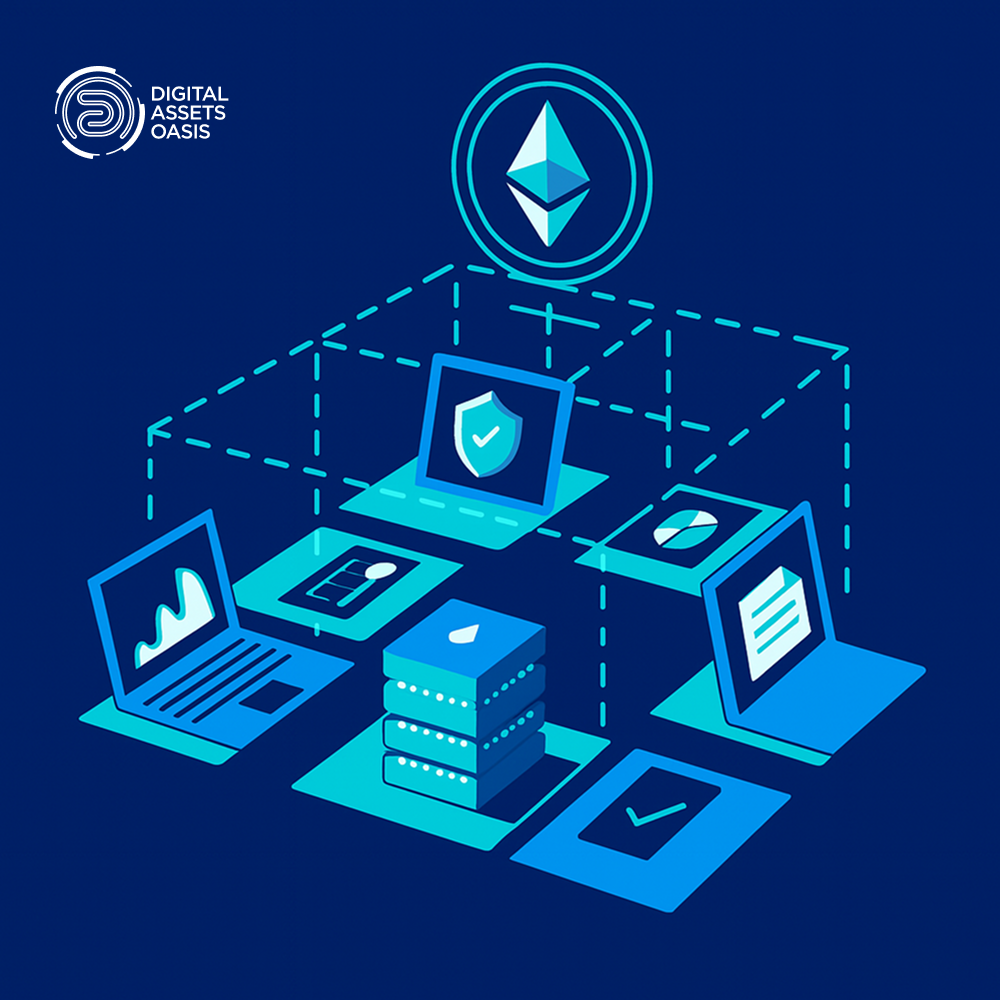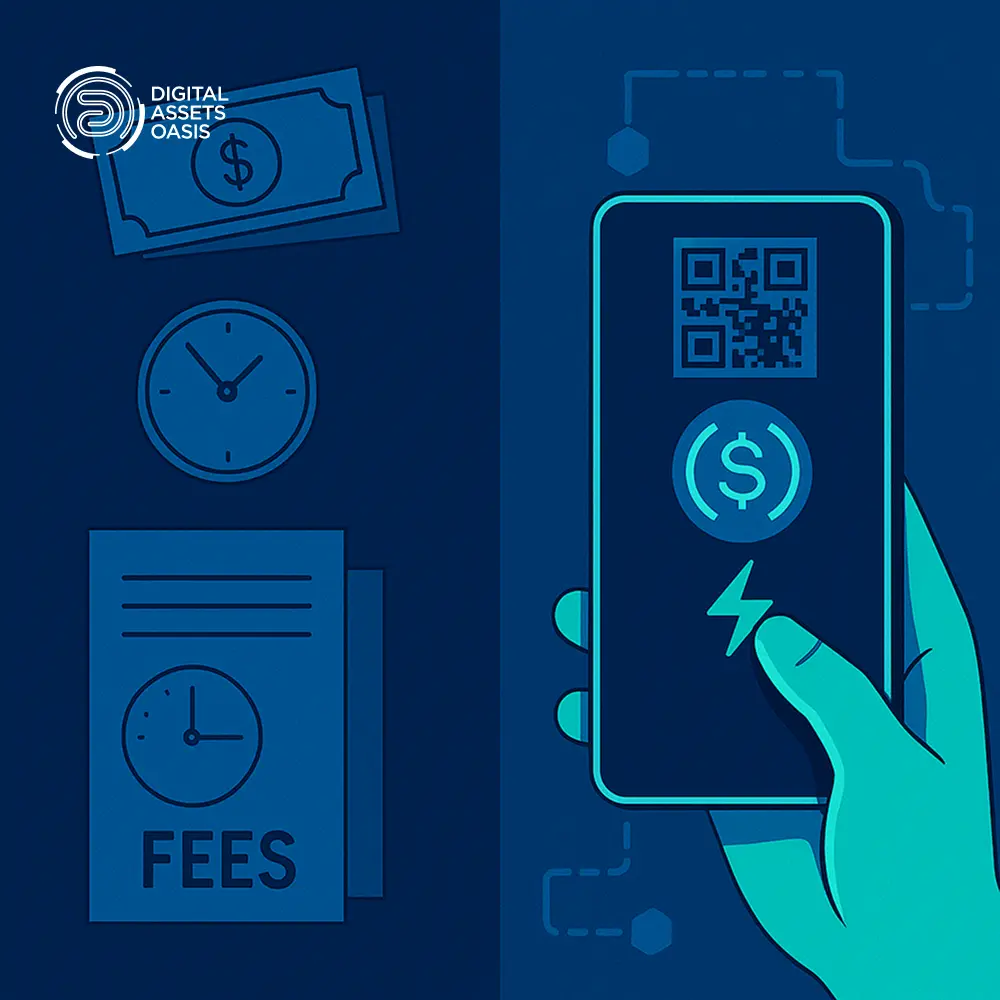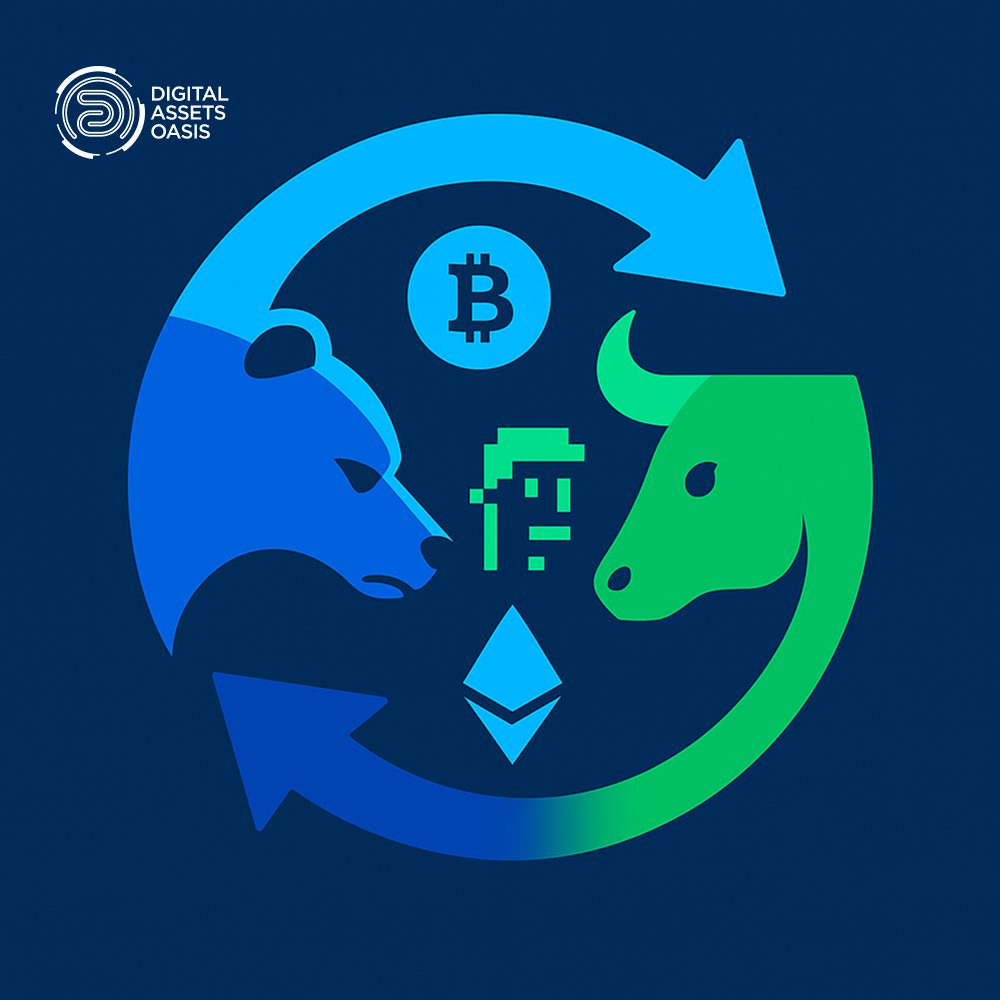Is Tokenization Finally Ready for Prime Time?
The article has been translated from the original article in Arabic published by CNN Business Arabic. The original article can be found here CNN Business Arabic.

Introduction
For years, the promise of tokenization—a process by which practically any asset, from commercial real estate to fine art, can be recorded and traded on a blockchain—has captivated both technologists and financiers. Indeed, investor fascination with tokenization dates back to around 2017, when the idea of “fractional” digital assets went mainstream during the initial coin offering (ICO) boom. The narrative has always sounded irresistible: if we can break big, illiquid assets into smaller fractions (“tokens”), we can open the door to previously off-limits investments—and perhaps spark a true “democratization of finance.” The projected size of tokenized asset markets varies greatly across forecasters, but major institutions like McKinsey, Citi and Standards Chartered envision reaching USD2 trillion to USD30 trillion in the next decade. While still a fraction of traditional markets, those projections point to bold expectations given the modest market size of around USD12bn today, excluding stablecoins, and heavily biased towards credit instruments.
So far, the technology has benefited chiefly existing financial institutions, for instance, by increasingly smoothing their internal processes, and the elephant in the room has yet to be addressed: compliance. The roadblocks no longer hinge on raw tech capability or whether blockchains can reliably keep records. Today’s puzzle is about compliance, not code. If we truly want everyday investors to benefit from the fractional ownership of skyscrapers or farmland, we need a robust regulatory framework, i.e., pushing new legal frontiers, such as how to recognize a blockchain record as proof of ownership in law. Otherwise, we’re just spinning up beautiful technology solutions that end up stuck in legal grey zones—or skirting existing regulations in ways that risk leaving retail investors unprotected.
The Third Wave of Tokenization?
We could call this the “third wave” of tokenization adoption—first came the crypto enthusiasm of 2016-2018, second was the 2019-2021 DeFi-led explosion of new platforms for trading all types of tokens and starting in 2022, the third is the dawn of institutional entry and so-called real-world asset (RWA) tokenization. Established names such as BlackRock, JPMorgan and Fidelity are testing the waters, and the UK’s Digital Securities Sandbox has emerged as a beacon of experimentation—though even a “sandbox” eventually needs to give way to full-fledged, permanent regulations if startups and established firms alike are to take the plunge.
Yet even with major players on board, one big question looms: Will tokenization finally reach mass adoption and deliver on the promise of letting smaller investors hold shares of typically high-barrier assets? We’re still early in that journey, and if anything, current tokenization solutions often wind up as a digital “wrapper” around old-school paperwork, rather than a fully on-chain, blockchain-native security. In other words, we keep adding layers instead of rethinking the process of asset creation from scratch.
Tokenization 101: A (Brief) Refresher
At its core, tokenization is simply the use of blockchain as a notary ledger—recording the transfer of ownership, often via smart contracts that codify the legal rights and obligations of the involved parties. The technology is intellectually appealing because it opens our imagination to all sorts of unconventional transactions. In theory, it lets investors of any size tap into private equity deals, infrastructure projects, or big-ticket real estate, all of which historically demanded seven-figure minimums or specialized networks. Diversification becomes more attainable for the average person, especially if tokenization reduces entry costs and friction.
The Reality Check
So why isn’t everyone’s portfolio brimming with tokenized shares of commercial towers? Because most platforms offering access to tokenized assets, while innovative, still operate largely outside robust compliance regimes—they’re in legal limbo. Meanwhile, “tokenized securities” that do follow regulations often remain anchored to the same offline, paper-based system. For instance, a token might represent a fraction of a building, but it’s still tied back to a physical, wet-signed contract in the land registry office. This structure doesn’t truly replace the old process; it just mirrors it digitally.
Call these “digital derivatives” if you like, or securitization with a digital wrapper. They’re convenient for large institutions since they don’t require rewriting centuries of property law or turning compliance teams upside down. But it also means we have yet to seize the full benefits of blockchain. The real inflexion point comes with “security tokens”—where the asset is born on-chain, and the blockchain itself, not a paper contract, is the single source of truth. In real estate, that would mean the property’s ownership, rental agreements, and even rental income distribution all live within the smart contract. Then, if you want to sell your fraction, you wouldn’t need a separate signing of documents or a broker’s stamp of approval; the token itself could pass seamlessly to a compliant buyer via a blockchain.
Compliant Infrastructure vs. Dreams of Decentralization
Naturally, that future demands better infrastructure—everything from digital identity solutions to robust markets that can handle 24/7 peer-to-peer trades. Decentralization purists may baulk at disclosing personal info, but legitimate markets require at least some KYC (know-your-customer) checks and regulatory oversight. Until that infrastructure is widely in place—one or two sandboxes or a forward-thinking pilot project at a major bank aren’t enough—the dream of frictionless, user-friendly, and fully compliant tokenization remains utopian.
What’s more, and candidly, many big firms simply see tokenization as a way to streamline internal processes and reduce costs rather than democratizing access. That might indeed be the first wave of real adoption—a quiet revolution if you will, where behind the scenes, banks settle trades in seconds rather than days and at a fraction of the costs. Ironically, over time, that same technology (security tokens fully recognized by law) will erode the role of intermediaries and cut into their fee-based revenue streams. If the transformation is done right, though, it will open pathways for smaller investors to diversify without the labyrinth of forms, high fees, and arbitrary thresholds that keep them locked out.
Where Do We Go From Here?
The real question isn’t whether the technology works—it does. The question is whether regulators and industry players can move beyond partial “tokenized securities” toward true security tokens that are fully born on-chain. When that happens, (compliant) peer-to-peer transactions become seamless, the cost of issuance and distribution plummets, and the frictions that characterized finance finally go away.
Of course, once we get there, we’ll face an entirely new set of headaches: Are these novel assets actually suitable for everyday investors? Do they add genuine value to a portfolio, and will enough participants trade them to ensure real price discovery and liquidity? But let’s move step-wise. First, we need to fix the compliance gap. The technology has already been battle-tested by DeFi pioneers. The era of bridging early innovation with institutional frameworks has begun—digital-native securities, responsibly regulated—and that might just fulfil the original promise of tokenization.




